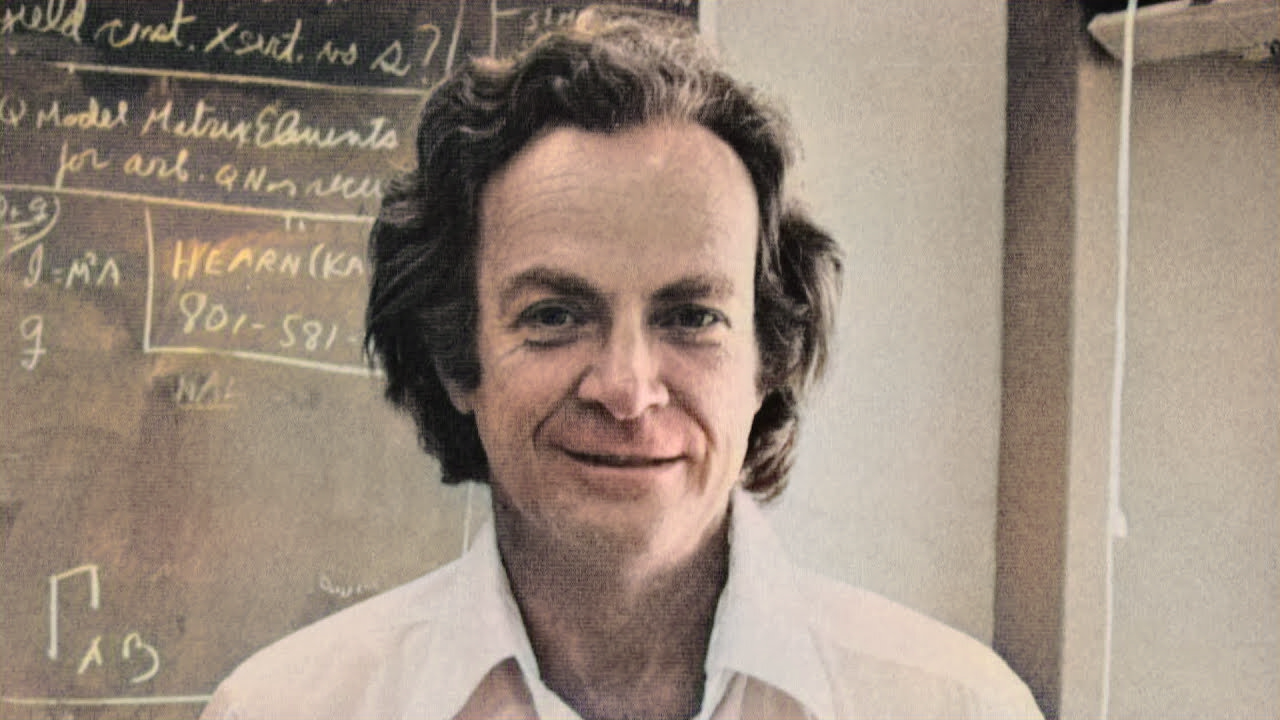
Did you know that Isaac Newton's mother wanted him to become a farmer? He was 16 at the time and busied himself by building model windmills and sundials to take his mind off farming, an occupation he hated.
Was Newton a child prodigy? Well, his teachers did think so and he invented calculus by the age of 22, so the answer to that question might be yes. However, one can imbibe Newton's three qualities as a teenager to become a physicist like him...
Curiosity
Newton was way more inquisitive than his schoolmates. He always wanted to get to the bottom of things and never gave up before quenching his curiosity. This would sometimes cause him to end up alone though.
It was one summer afternoon that he was resting in the shade of an apple tree in their farm. It is said that a fall of an apple encouraged Newton to investigate the force of gravity. Was this the first time that things fell to the ground?
No. Millions saw the apple fall before Newton, but nobody ever bothered to ask why it did. This questioning attitude is the hallmark of a physicist or any scientist for that matter.
There might not be immediate answers to most your questions. However, when all other people give up chasing them the scientist continues to dig deeper – it's a game after all. As Feynman said: There is a pleasure in finding things out.
Experiment
How to feed curiosity? By experimenting. Experiments come in two kinds: theoretical or practical. And Newton was well versed in both. That is why, he not only invented something as complicated as calculus but also Newton's disc, as shown below:

Once again the idea was inspired by nature itself. Newton was mesmerized whenever he saw the rainbow over his house in Woolsthorpe. This led him to questions about the behavior of light which he investigated with glass objects.
After completing experiments, Newton illustrated his findings with a color circle, popularly known as Newton's disc, in 1704. He divided the circle into component colors and it would appear white when spun really fast.
Approach
Newton was a keen observer of things so he carried around pocket notebooks to record any interesting activities of the day. After he obtained his BA degree in 1665 the university shut operations due to the ongoing plague.
He returned to his village and revisited the notes from his university days. It was there and then in Woolsthorpe that private studies of his notes would lead him to discover the binomial theorem which in turn gave rise to calculus later.
Newton also had recorded life and work of notable previous philosophers such as Descartes, Kepler and Galileo. Hence, his most famous saying: If I have seen further it is by standing on the shoulders of giants.
Newton took great pleasure in writing or drawing things down. Taking notes would ensure that he wouldn't miss any good ideas. For example, the following is an original drawing of Newton's reflecting telescope:

Newton would spend most of his time alone, thinking. He would completely engulf himself in the process of ideation. Much of the human civilization today is built upon Newton's ideas and drawings. We enjoy our lives at his expense.
Summing up
Sure one has to go through college and rigorous training in order to become a professional physicist. But we can learn from Newton that ideas are lying around everywhere, waiting to be noted down and drawn.
He famously said: To myself I am only a child playing on the beach, while vast oceans of truth lie undiscovered before me. So, let's mimic Newton's infinite curiosity, adopt his approach and do experiment in the backyard. For who knows what is possible?


























 Physics, astronomy and science history blog for students
Physics, astronomy and science history blog for students